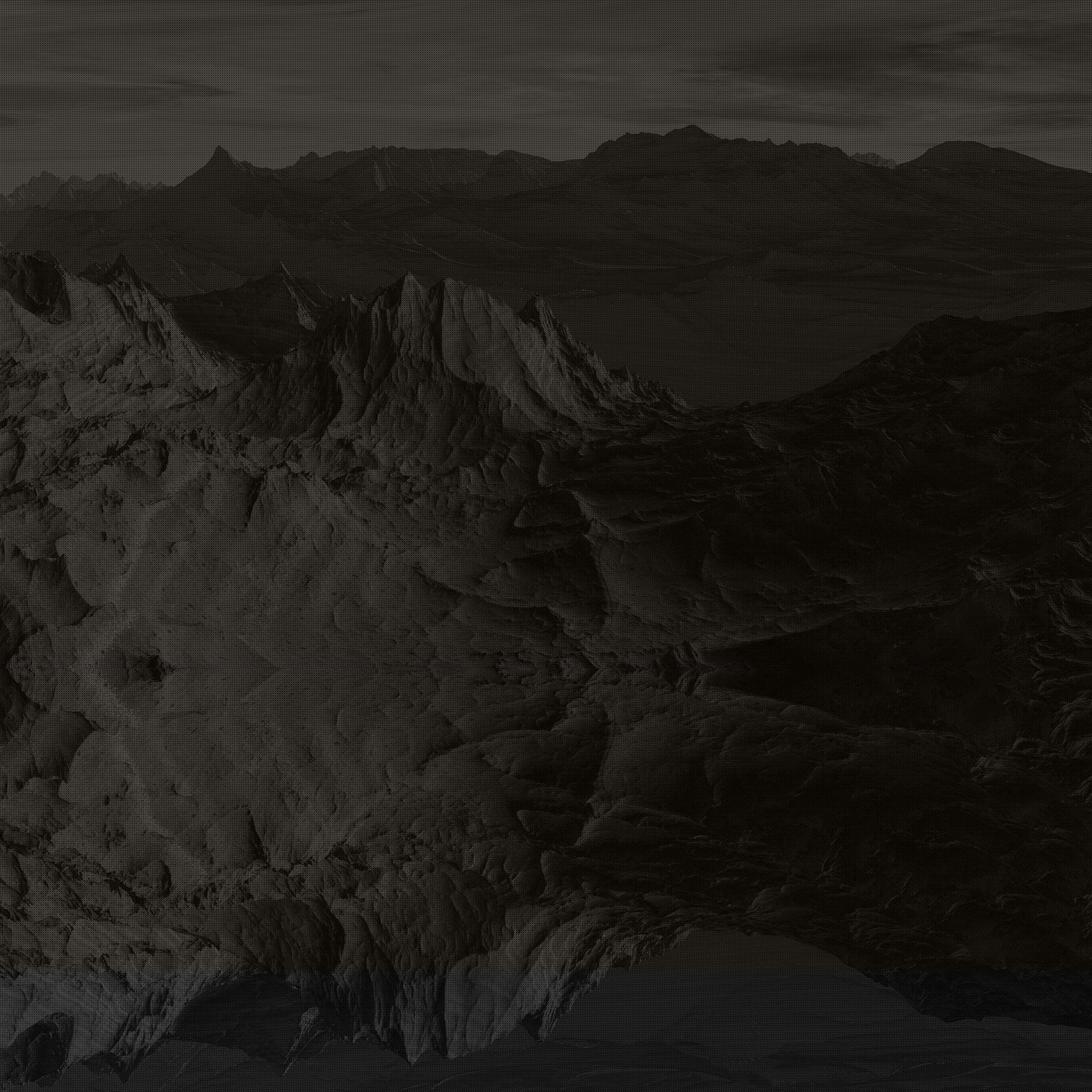Post-Production – The Edit
- Travis Parkes
- May 24, 2023
- 3 min read


Finding the cut of my dissertation project was an iterative process. Initially I was working off of the storyboard cut I had done originally and used the plates I had filmed in place of the storyboards (with some minor adjustments). When given the choice of having something feel like it might hold on to a shot for too long rather than too short, I always opted for it feeling slightly too long. This is because it’s much easier to cut out the head or tail of a shot than to add extra .dpx frames into Nuke and to make sure those having been tracked correctly in all 3D packages it is required in. I only had to do this once and luckily I noticed a shot was not long enough before I had done anything too intensive.
Every single render out of Nuke has had some kind of edit made to it in order to make the piece flow better overall. And whilst I had sound design made for the robots, the final mix is all mine. Anytime I have edited something I have always found that letting the audio guide the audience is always going to make a piece flow better, even when stylistic. I intentionally ramp up sounds before a cut to silence or hard cut on loud moments to make a moment stick more. I also extensively looked through the Audiio library to find music I thought might fit my short, although the two tracks I chose have reverbs, time ramping, and specific moments have been cut to flow better with the final project.
An editing decision I made beforehand is with shot length, there are two shots that go on for around 15 seconds, and multiple other shots are of length. And this is after cutting in more shot reverse shots to keep things visually stimulating. For the most part I am actually happy with these long shots, not only do they add to how convincing the short is overall but I have specifically blocked the characters in these shots to make use of the time the characters hold on them.
When changing the final shot to hold on the two robots sitting on the wall I had to do some retiming. Originally I have the camera focus on the wall then follow the smaller robot, as that had been cut I needed it to stay on the wall. The problem was, the takes that are longer on the wall were not framed particularly well (largely down to my camera operator being much shorter than me). So for the take that was framed correctly I took the moment were the camera was holding and simply reversed the clip and added it to the end. This worked perfectly and no one should be thinking about it.
Throughout this project I have been battling with premiere pro as an editor, frequently multiple audio tracks would not playback upon viewing, likely down to the program trying to process 4k footage (even when viewed in proxy mode). And when sending .aaf files to Pro Tools for the sound designer to work with, they simply did not hold up in terms of timings or even takes, even when the audio files were mixed down. This has never stopped something from being accomplished, but has acted as a bottleneck throughout production.

Commentaires